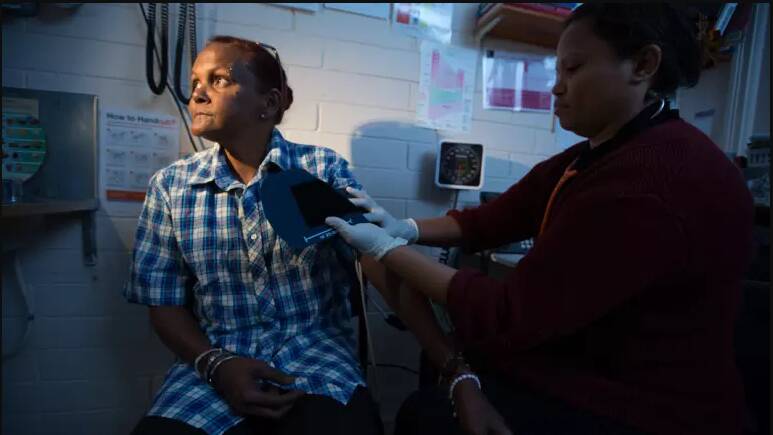
Startling figures reveal people in regional and remote communities have much higher rates of diabetes compared to those living in major cities.
Subscribe now for unlimited access.
$0/
(min cost $0)
or signup to continue reading
New information from the Australian Institute of Health and Welfare (AIHW) also shows that the rates of diabetes for Indigenous Australians remain significantly higher than non-Indigenous Australians.
Highlighting the figures, National Rural Health Alliance CEO, Mark Diamond, said the numbers show much higher rates of hospitalisation and deaths in rural and remote areas due to diabetes.
“Deaths from diabetes are four times higher for Indigenous Australians. This is simply unacceptable.” Mr Diamond said.
Diabetes remains a major issue for the seven million Australians living in regional, rural and remote areas, Mr Diamond said.
“So much more needs to be done on preventing and managing diabetes in the bush,” he said.
“These disturbing figures are in line with so many other health conditions, where large variations occur in the health outcomes experienced by people in country areas compared with their metropolitan counterparts.
“One of the major issues here is a lack of timely, appropriate and affordable access to health care for people in country areas.
“So much of this lack of access is driven by the scarcity of health professionals in rural and remote Australia – an issue which requires both fast acting and sustainable strategies to address.
The difficulty in keeping professionals in the Northern Territory has been identified as one of Katherine’s biggest problems.
Many big professions such as teaching, law and health have enormous problems attracting staff and then keeping them.
However, the NT Government released its strategy to boost population and create jobs in August, which could alleviate the health dilemma.
The Strategy – the first of its kind in Territory history – aims to return the Territory’s population growth rate to the historical long-run average of 1.4 per cent, from the recent low growth path of 0.6%.
“Diabetes, sadly, is an issue for the whole Australian population but the issue is so much worse in the bush – there must be a concerted effort to ensure rural and remote communities can get access to these services in a timely manner,” Mr Diamond said.
The National Rural Health Alliance today highlighted the startling figures from the Australian Institute of Health and Welfare (AIHW) report Diabetes Indicators for the Australian National Diabetes Strategy 2016-2020.
While you're with us, you can now receive updates straight to your inbox each Friday at 6am from the Katherine Times. To make sure you're up to date with all the news, sign up here.

